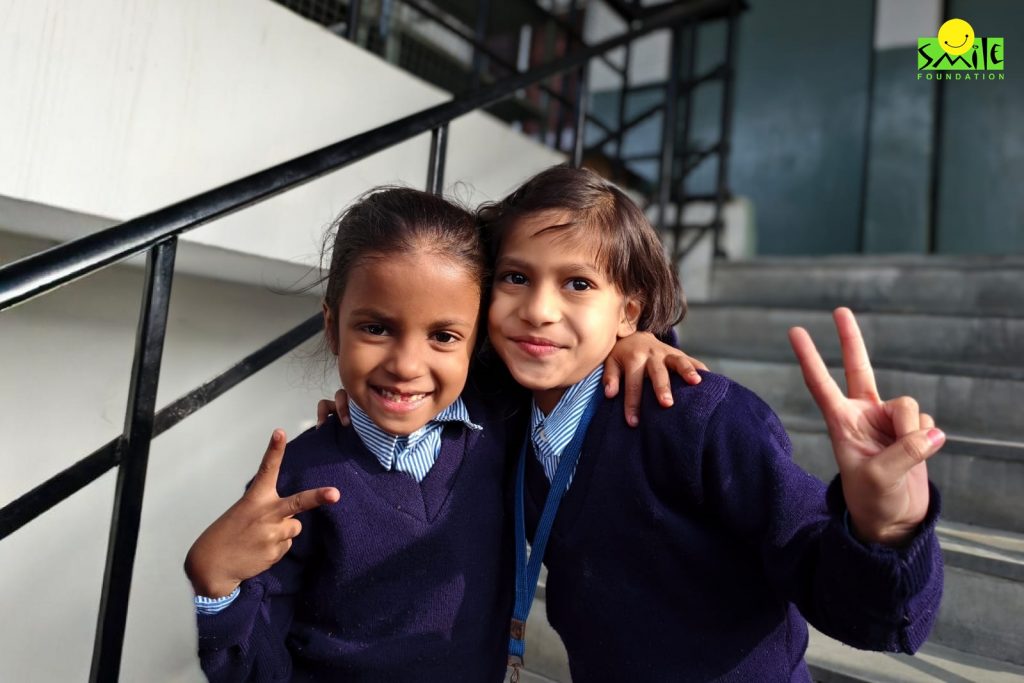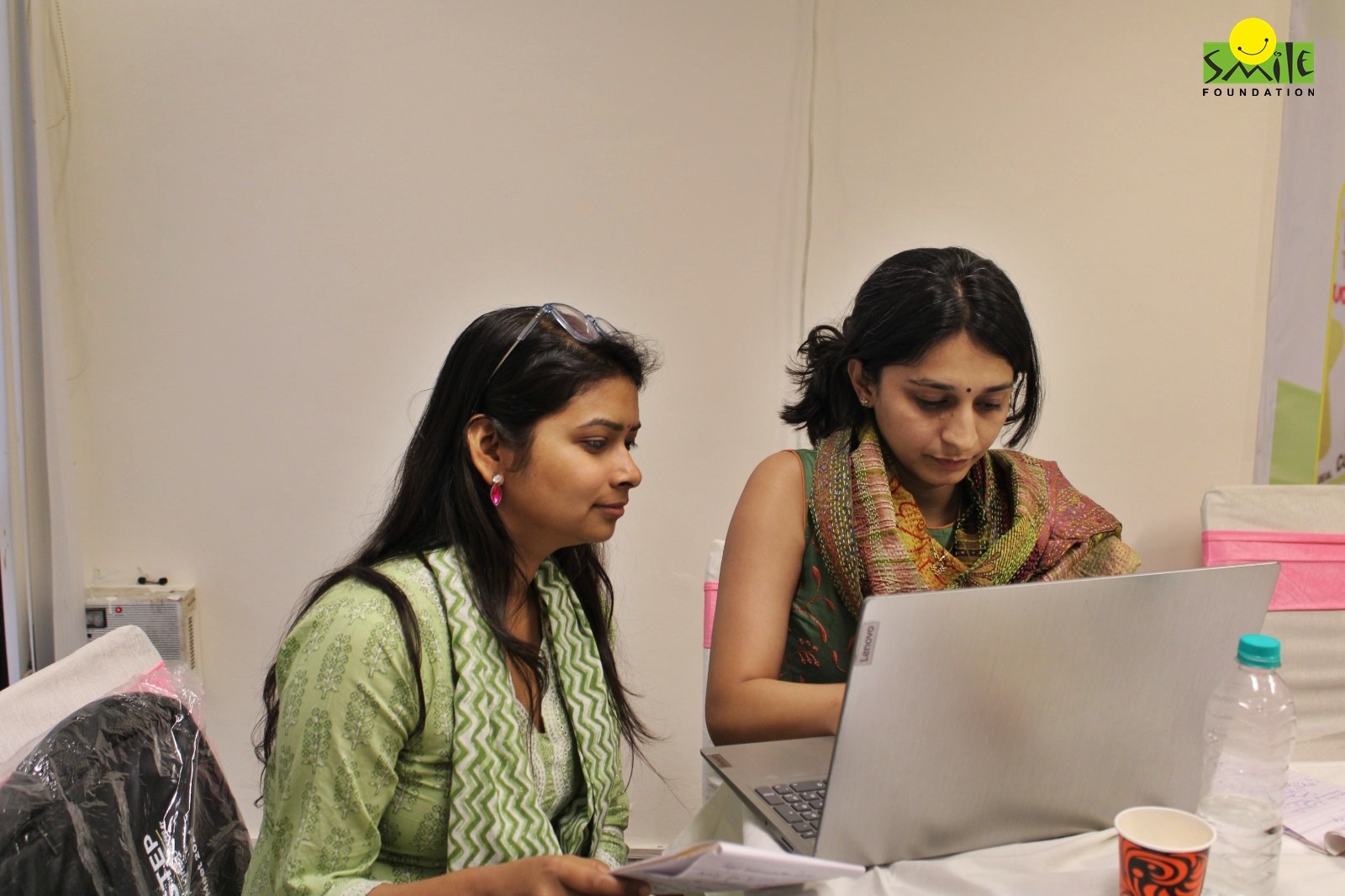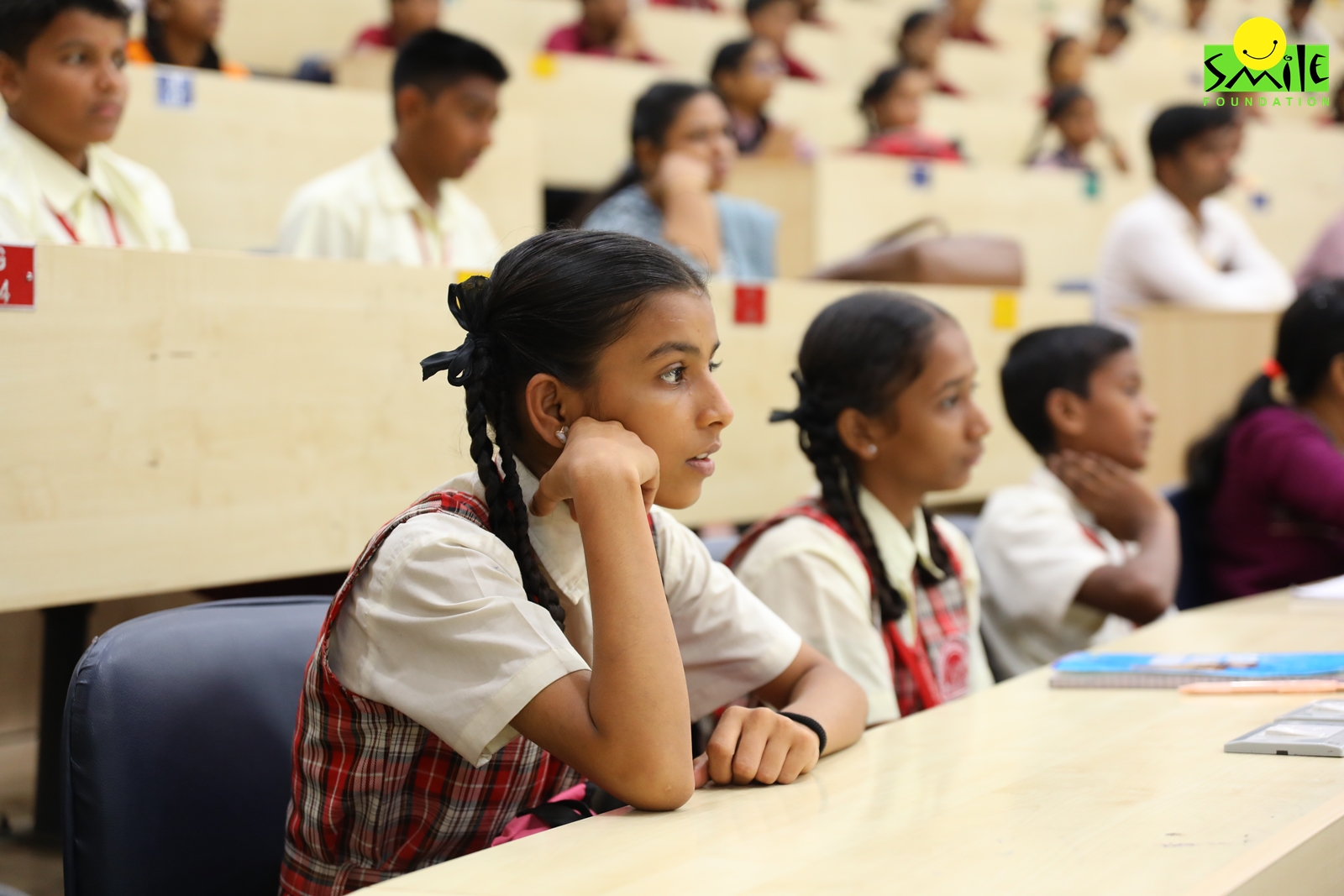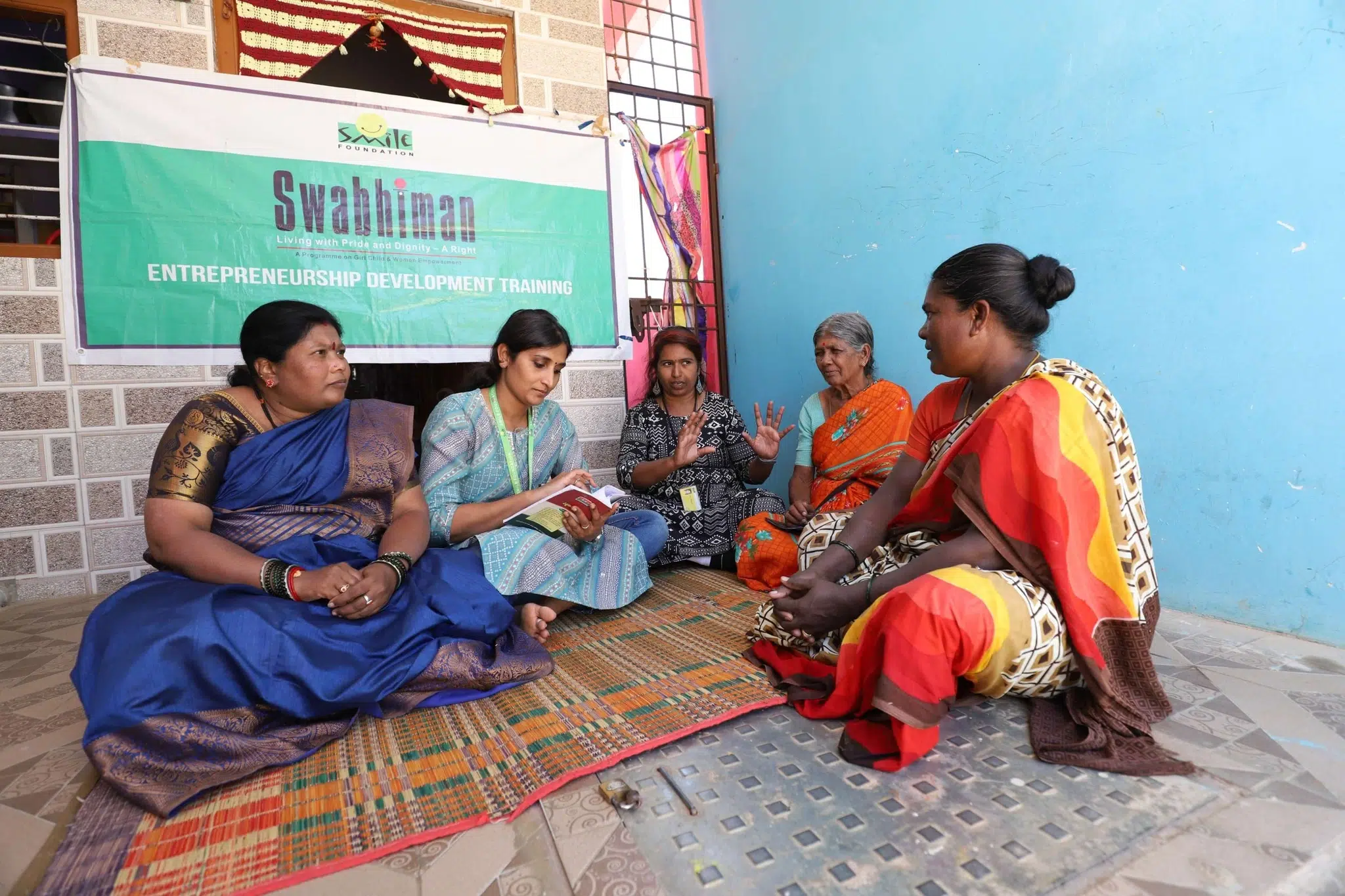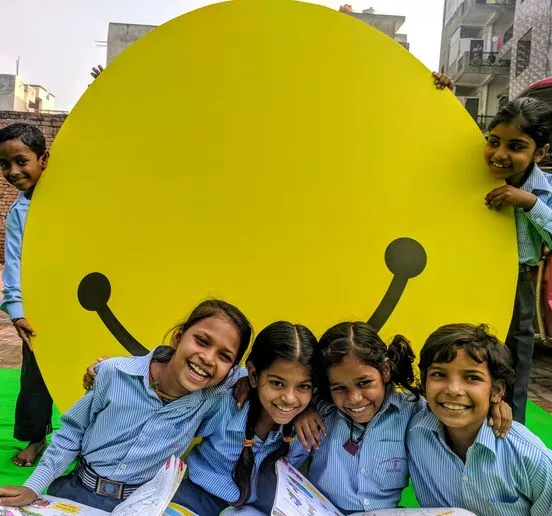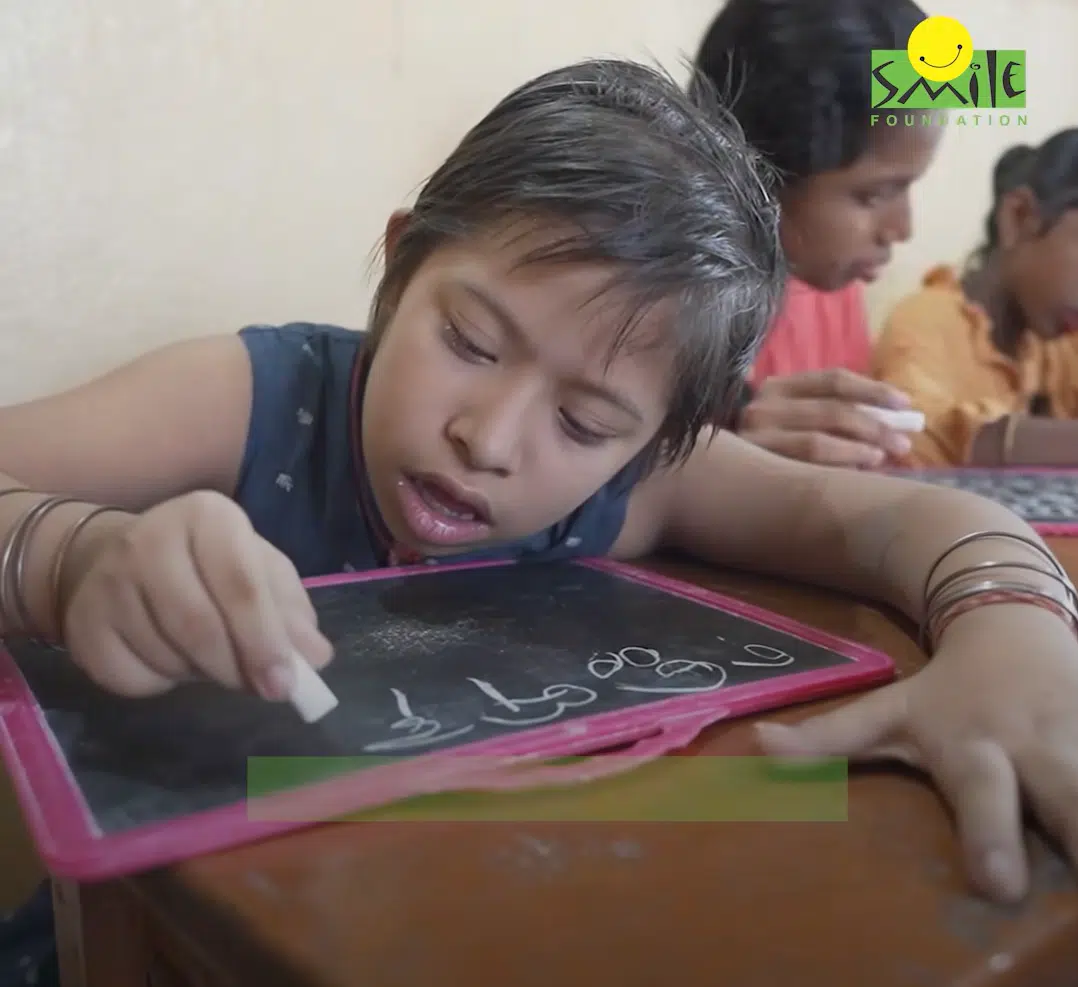Ever since social media has paved into our lives, it has changed the ways we function in every sphere of our lives. Rooting deep into every action of our daily lives, social media has grown to rule and dictate not just the way we socialize but what information we consume, the way we view life and its situations, the way we speak to ourselves, what we teach to our children, the way we plan our events and almost everything. The platforms are no longer limited to the consumption of adults and children.
In the contemporary digital landscape, children are increasingly growing up with gadgets and experiencing a childhood that is different from how millennials grew up. For them, social media is not just a platform for socializing and entertainment but a hub of information. Digital devices have become a routine for playing games and communicating with classmates, as well as for education and knowledge. With the increasingly pervasive nature of smartphones and the internet, social media has also provided opportunities to enrich the learning environment. It is no surprise how, with time, social media has become a significant edutainment tool for our children, offering an innovative avenue for learning and engagement and breaking down traditional educational barriers.
Several studies and research have scrutinised individual social media tools like MySpace, Facebook or Twitter as educational modernisms and following the introduction of these tools, students dedicate more time to them than actually studying. With this, the features of social media, beyond its primary functions of communication, and being developed as an appropriate tool for teaching and learning purposes, are not to be debated. Social media has become an effective edutainment tool because it can also explore the relationship between academics and their students.
How does social media influence education?
The digital revolution has reframed the way students communicate, learn, and connect. Social media helps parents, students, and teachers use creative ways to share information, whether at an elementary level of education or through university graduation. With growing internet access from a young age, most young students use at least one social network. In a recent study compiled by the Internet and Mobile Association (IAMAI) in 2023, 398 million young Indians use social media with teenagers spending over 2-3 hours on platforms like Instagram and YouTube.
The numbers would only increase with the introduction of online and virtual classes, which came into effect following the COVID lockdown. With online classes, the internet and social media have only furthered the digital learning curve, opening up new opportunities for collaborative learning, knowledge sharing, and skill development.
Often, these platforms are also utilized to find several beneficial and constructive activities, which are not for mere entertainment but also promote learning and knowledge. Through social media networks, students can locate a summer internship programme, share it with their peers, share news and articles beyond their textbook teaching, and work towards a collaborative approach to education.
The impact of social media on education is undeniable, offering both opportunities and challenges. This double-edged sword can be a powerful tool in the education and communication domains if there is a balance between the two.
Opportunities in social media as an edutainment tool
Easy access to information
Social media gives students quick and easy access to information. In the past, learning meant relying on textbooks, lectures, and long hours at the library. Now, with just a few clicks, you can find answers instantly. Want to learn about ancient Egypt? There’s a YouTube video for that. Stuck on algebra? Ask a question online and get help from someone across the world. Students can also connect with experts, collaborate with peers, and explore topics beyond their school curriculum. Whether it’s homework help or expanding your knowledge, social media has made learning faster and more convenient than ever.
Communication and Collaboration
Social media makes it easier for students to connect and work together, no matter where they are. With tools like Google Drive, group projects can be done in real-time without meeting in person. Video calls on Zoom or Skype allow teachers to bring in guest speakers from anywhere. Students can also join online groups to ask questions, share resources, and get feedback anytime. Need help with a tough problem? Post it online and get ideas from others. Social media has made teamwork, learning, and staying connected simpler than ever.
Networking and Diversity
Social media helps students connect with professionals, alumni, and potential employers. Platforms like LinkedIn make networking, finding internships, and even landing job opportunities easy. Students can showcase their skills, build a personal brand, and learn from industry experts.
Social media networking can also lead to internships, research projects, and valuable learning experiences. Educators can connect with peers, share ideas, and attend virtual events without leaving home. No matter your field, social media opens doors to career growth and new opportunities.
Misinformation through social media
Social media, although great for learning and staying connected, also spreads misinformation. With so much content online, it’s hard to tell what’s true, especially on topics like politics and health. Many students don’t have the skills to check if what they read is accurate, which can lead to confusion or even harm.
Social media platforms also show posts that get the most reactions, not necessarily the most truthful ones. This creates bubbles where people only see things they already agree with, making it even harder to think critically. Teaching digital literacy and encouraging students to question what they see online can help stop the spread of misinformation.
The recent study issued by UNESCO further helps to show the problems of social media in education, which generally involve privacy breaches and cyberbullying. The report also drew attention to how prone social media has become as a medium to propagate gender stereotypes which may lead to adverse impacts on young girls and women unless rectification measures are taken quickly. Considering just how prevalent social media has become in our lives, educators, parents and children will have to accustom themselves to embracing social media in the larger educational and learning perspective.
Ensuring social media a safe space
While social media has embedded itself in our lives, bringing about a transformative journey in how education is approached, Smile Foundation’s Mission Education programme brings into focus the need to create a supportive environment where children thrive academically in the digital world. The programme’s counselling sessions engage students with awareness and issues about social media – cyberbullying, protection of privacy, and other harmful effects. The programme aims to make social media a safe space for learning, where students and teachers thrive.



